Contact Details: Scotch Macaskill, Dirt Road Traders, Currys Post Road, Howick, KwaZulu-Natal, South Africa. Tel: +27 (0)82 578 2329. Privacy: Your privacy is guaranteed. See our Privacy Policy for more. This site accepts advertising and other forms of compensation - see Disclosure and Advertising for details. Site updated: 2022. Copyright © 2002 - 2022 Scotch Macaskill

| ||||||||||||||||||||||||||||||
| ||||||||||||||||||||||||||||||
| ALL GALLERIES: |
Buffalo PicturesOur African buffalo gallery features images taken in a wide variety of locations, from Umfolozi in Zululand to Zambia's Lower Zambezi National Park. Although buffalo are placid if undisturbed, they are highly dangerous when molested or wounded. It's a lot safer photographing buffalo from a vehicle than on foot - walking into a bad-tempered old bull lurking in the undergrowth could be fatal.
Permitted Uses: See Terms of Use. | |||||||||||||||||||||||||||||
|
|
||||||||||||||||||||||||||||||

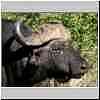
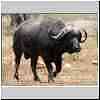

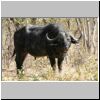



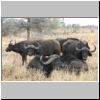
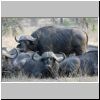
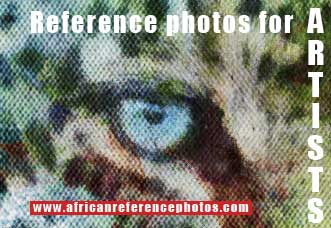

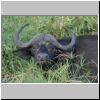


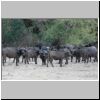



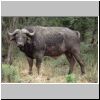
Comments
Have your say or ask any questions in the comment box below.